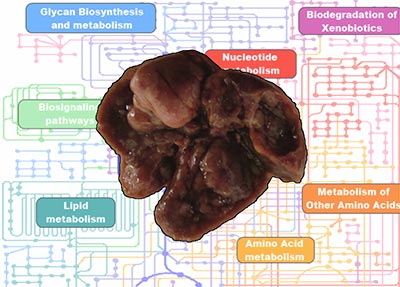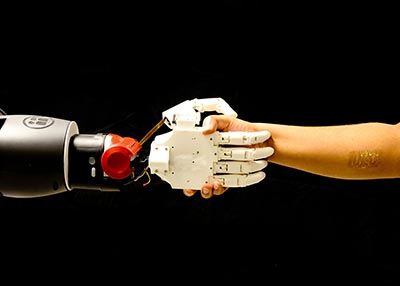George Nikolaidis--Human Perception and Performance
"Using Brain Connectivity and Machine Learning to Understand Skill Learning"

Machine learning approaches offer an important advantage over classical approaches to statistical prediction by preventing overfitting, thus creating models that are more generalizable and likely to replicate. In the current presentation, I will introduce a simple to use machine learning package that we created to analyze neuroimaging data, and I demonstrate how we have applied it to real data. Acquisition of motor skills is thought to depend highly on interaction between the motor system and subcortical structures. In our demonstration, we used this machine learning package to examine how functional brain network connectivity in the subcortical and motor networks predict initial performance on a complex motor task, as well as training-induced improvements following 20 hours of training. By contrasting the predictive success of different types of feature sets, we explore how the connectivity both within and between these networks contain differential information for predicting individual performance and learning rate. We also interrogate sets of features that are most reliably included in the models with high predictive accuracy, and discuss what these highly successful feature sets imply for learning and performance of complex motor tasks.

Hanna Erickson--Bioimaging Science and Technology
"Bridging the (IQ)GAP between liver metabolism and cancer"
Liver cancer is the fourth deadliest cancer, killing an estimated 746,000 people worldwide each year. Few effective treatments exist that extend survival for patients with liver cancer, which highlights the need to identify novel therapeutic targets for the disease. Using a mouse model of liver cancer, we identified a scaffolding protein, IQGAP1, that is upregulated in tumors and has well-described roles in regulating cellular adhesion and proliferation, two hallmarks of cancer. Here we present that IQGAP1 has a role in regulating another hallmark of cancer, metabolism. Loss of IQGAP1 in mice results in a permanent semi-fasting state that is consistent with reduced mTORC1 activity. These mice also showed impaired expansion of fat stores upon feeding with a ketogenic diet. Thus, we conclude that IQGAP1 promotes fed state signaling and energy storage. Its ability to integrate these distinct cellular functions makes IQGAP1 a potential therapeutic target for liver cancer.
Yu Hao Liu--3D Micro- and Nanosystems
"Epidermal Stimulation and Sensing System"

Flexible and stretchable forms of electronics provide new opportunities for integration with the human body, in ways that could enable high quality continuous monitoring and therapy. Challenges in this type of technology range from development of materials and devices that are compatible with polymer substrates, to circuit designs that offer robust operation in the presence of intrinsic device-to-device variability as well as changes induced by strains and deformations during use. Skin-mounted electronics systems that adopt the physical properties of the epidermis, sometimes referred to as epidermal electronic systems (EES) have unique capabilities in areas ranging from healthcare to human-machine interface. In this talk, I will present the design of an ultra-thin, conformal electronic device that integrates electrotactile stimulation with electromyography, temperature, and strain sensing in a single, simple platform. Experiments demonstrate simultaneous use of multiple modes of operation of this type of device in the sensorimotor control of robotic systems, in the monitoring of lower back exertion and in muscle stimulation.